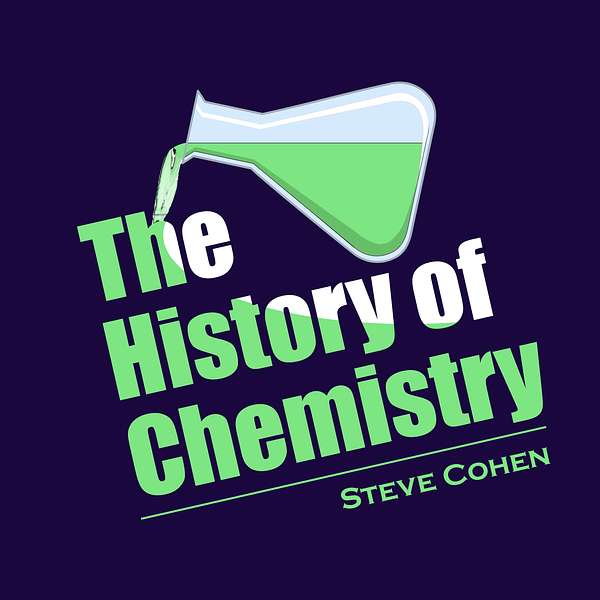
The History of Chemistry
Chemistry is everywhere, and involves everything. But how did chemistry get to be what it is? I'm Steve Cohen, a chemist and writer, bringing you The History of Chemistry. This podcast explores the development of chemistry from prehistoric times to the present, including the people and societies who made chemistry what it is today. The History of Chemistry is for you, whether you hated chemistry in high school, or got a PhD in inorganic chemistry. We'll explore how chemistry affected art, music, language, politics and vice-versa. Whether it's ancient Greek philosophers, medieval alchemists, or modern laboratory apparatus, it's all here. Don't forget to support my series at https://www.patreon.com/thehistoryofchemistry !
The History of Chemistry
144: Rare as Hens' Teeth
•
Steve Cohen
•
Episode 144
Here we explore the history of unusual and uncommon isotopes of known elements on the periodic table. We discuss the (almost) true statement that all isotopes of an element react the same. Then we reach inside the atomic nucleus and hear of theories to describe nuclear structure and--hence--stability of various isotopes, beginning with Dmitri Ivanenko's work. We learn of the best model, shell structure, and its failings that appeared in the 1980s. Then we talk about half-lives, and how short can a half-life be and still be an atom? How short can a half-live be and still be at least a nucleus? We learn of proton-rich isotopes. Then we hear of the practical value of such research.
- Support my podcast at https://www.patreon.com/thehistoryofchemistry
- Tell me how your life relates to chemistry! E-mail me at steve@historyofchem.com
- Get my book, O Mg! How Chemistry Came to Be, from World Scientific Publishing, https://www.worldscientific.com/worldscibooks/10.1142/12670#t=aboutBook